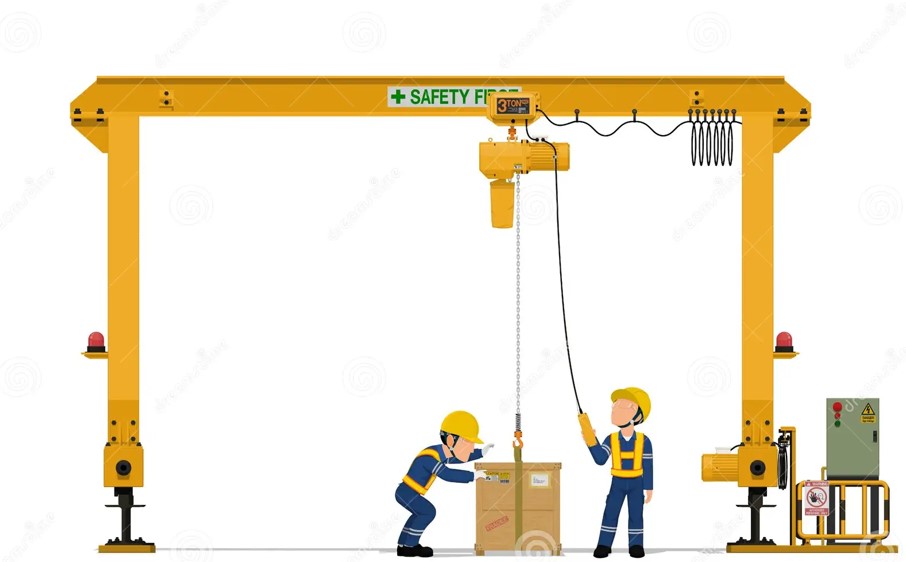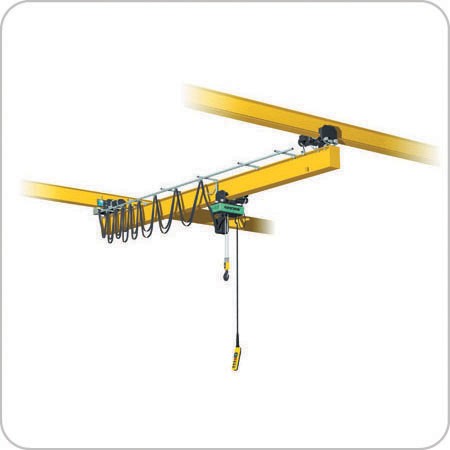Title Page
-
Crane
-
Date and Time of Inspection
-
District
- Appalachia
- Grande Prairie
- Leduc
- Midland
- North Dakota
- Rio Vista
- Rockies
- Calgary Office
- Houston Office
-
Inspection Completed by:
Pre-Ops Inspection
-
Check for Lockout Tagout, If Lock is present, do not operate the quipment
-
Check Electrical Disconnect and switch to the off position if possible
-
Check the floor for any leaks, particularly in the area under which the crane has been stationed.
-
Visually inspect bridge bumpers and end stops from the ground level.
-
Check crane and block capacity
-
Check Pendant and/or Remote Control and Ensure that all buttons move freely. Be sure to return to OFF position.
-
Make sure that the pendant and/or remote control is properly labeled and all functions are easily identified
-
Make sure all safety guards are in place
IF ALL OF THESE CHECKS HAVE PASSED INSPECTION, YOU MAY NOW SWITCH THE DISCONNECT TO THE ON POSITION AND CONTINUE ON WITH THE NEXT STEPS
Operational Checklist
-
Before conducting operational checks, make sure that the fall zone is clear
-
Operation of all control buttons function as labeled
-
Check both upper and lower limit switches if applicable
-
Pendant control restraint is in safe condition. check for bare wires and loose connections
-
Check block and hook for free movement while in lowered position. Ensure safety keeper is operational and in good condition.
-
Test Crane Traveling Brakes. Crane should stop smoothly and should not bind or grab.
-
Listen for unusual sounds and vibrations wile crane is traveling or braking.
-
Visually Inspect bridge for anything out of the ordinary from ground level.
Rigging Equipment Inspection
ALL RIGGING EQUIPMENT MUST BE INSPECTED BEFORE EACH USE. TAG OUT AND SET ASIDE ANY FAILED RIGGING EQUIPMENT.
-
All equipment passed inspection
Signatures
-
Inspectors Signature











